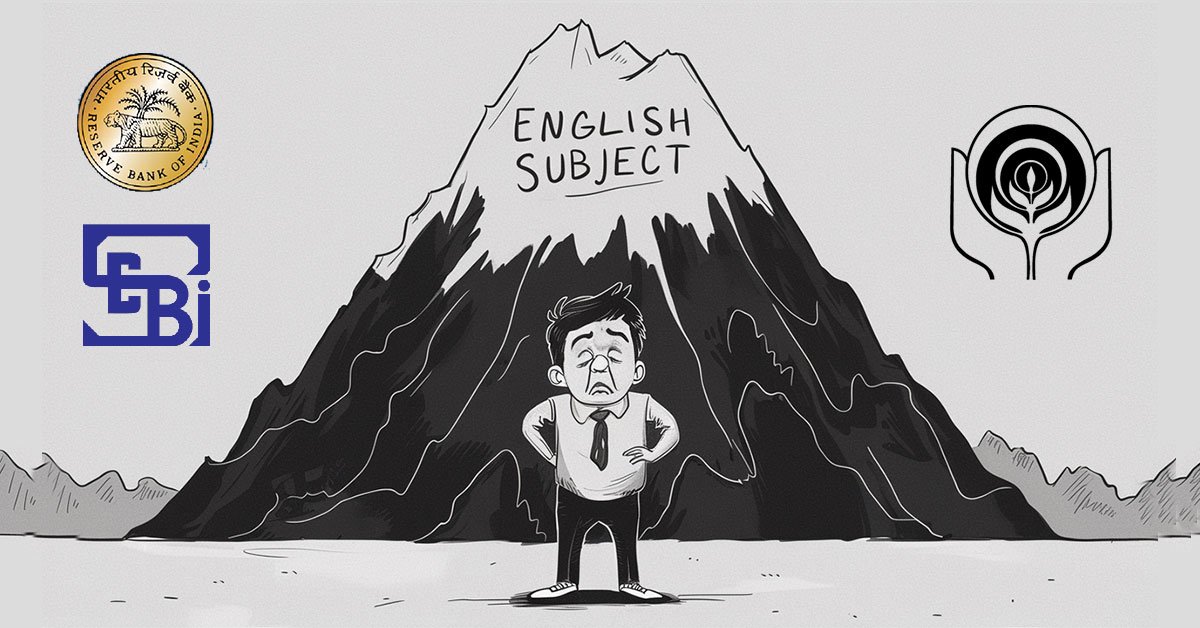Overview of the Earthquake
- Date & Location: March 28, 2025, 20 km from Mandalay, Myanmar’s second-largest city.
- Magnitude: 7.7, followed by aftershocks, the strongest being 6.4 (11 minutes later).
- Cause: Movement along the Sagaing fault, a highly active seismic zone near Mandalay.
Impact of the Earthquake
- Devastation: Thousands dead, extensive damage to homes, religious monuments, and infrastructure.
- Regional Effects:
- Bangkok, Thailand (1,000 km away):
- Collapse of a 33-storey high-rise under construction.
- Seismic seiches caused water to overflow from rooftop swimming pools.
- Mandalay (1.5 million people): Worst-hit area with pagodas, mosques, and bridges damaged.
- Southern Sagaing Fault: Amplified seismic energy due to alluvium deposits from the Irrawaddy River.
- China’s Yunnan Province: Escaped major damage as the quake’s energy dispersed north-south.
- Eastern India: Minimal impact due to energy dissipation along the fault.
- Bangkok, Thailand (1,000 km away):
- Casualty Estimate: US Geological Survey projects over 10,000 deaths.
Seismic Activity in South Asia
- South Asia, including Myanmar, is highly earthquake-prone due to its location near major tectonic boundaries:
- Himalayas, Shillong Plateau, Indo-Burman Range, Andaman-Nicobar subduction zone.
- Notable past earthquakes:
- 2004 Sumatra Earthquake (M 9.2): One of the largest recorded, triggering a devastating tsunami.
- 1792 Arakan Coast Earthquake (M 8.5): Caused a tsunami and soil liquefaction in Bangladesh.
- Historic Myanmar Earthquakes:
- 1839 Ava Earthquake (M 7.8): Killed 500+ people in central Myanmar.
- 1927 & 1946 Sagaing Fault Earthquakes (M 7.7): Similar magnitude to 2025.
- 2016 Bagan Earthquake: Damaged Myanmar’s historic city of Bagan.
Geodynamic Context of the Sagaing Fault
- Plate Tectonics: India-Eurasia plate convergence is oblique, causing strain to split into strike-slip and thrust faulting.
- Sagaing Fault:
- A 1,400 km long strike-slip fault.
- Absorbs 50-55% of overall plate motion.
- Slip Rate: 15-25 mm per year, with an accumulated displacement of 100-700 km.
- Shallow Earthquakes: Typically occur at 10-15 km depth, leading to severe surface shaking.
- Comparisons:
- Functions similarly to San Andreas Fault (USA).
- Unlike subduction zones, it produces horizontal movement rather than vertical thrusting.
What Does the Mandalay Earthquake Signal?
- Part of an Ongoing Sequence:
- Half of the Sagaing Fault has ruptured in recent decades, indicating continuing seismic activity.
- Warning for India & South Asia:
- India is highly earthquake-prone, particularly in Himalayan and Northeast regions.
- Lack of strict earthquake-resistant construction increases vulnerability.
- Urgent need for scientific disaster preparedness and seismic safety measures.
The 2025 Mandalay earthquake underscores the urgent need for better seismic monitoring and infrastructure resilience in South Asia. With growing urbanization, the risks posed by major earthquakes could be catastrophic. Countries like India, Bangladesh, and Myanmar must strengthen earthquake mitigation strategies to minimize future disasters.















